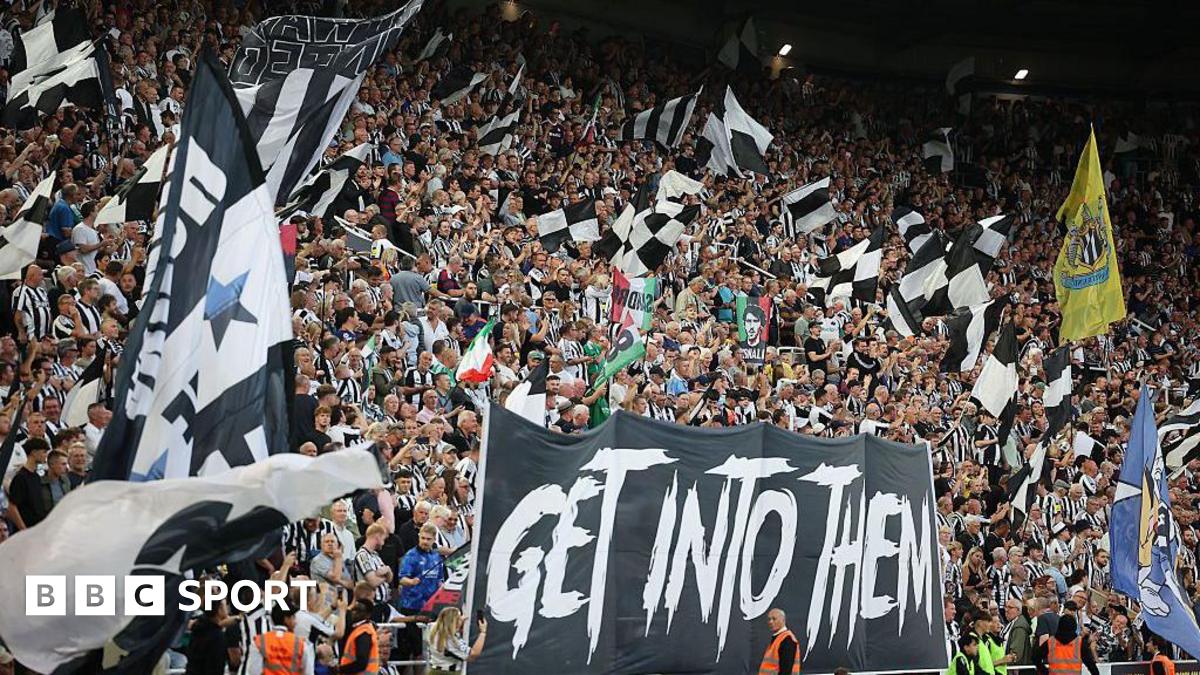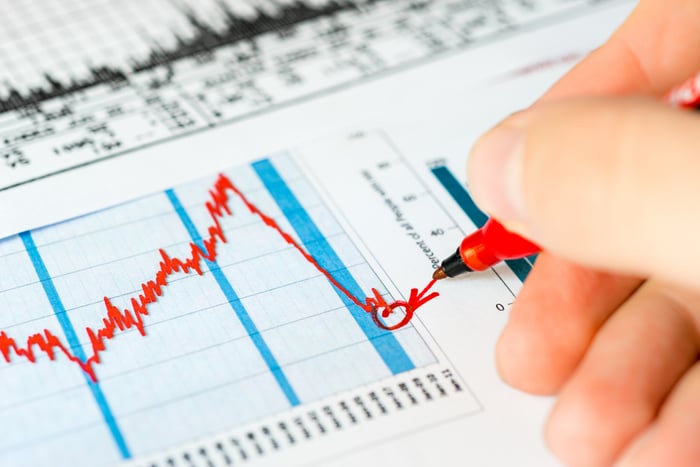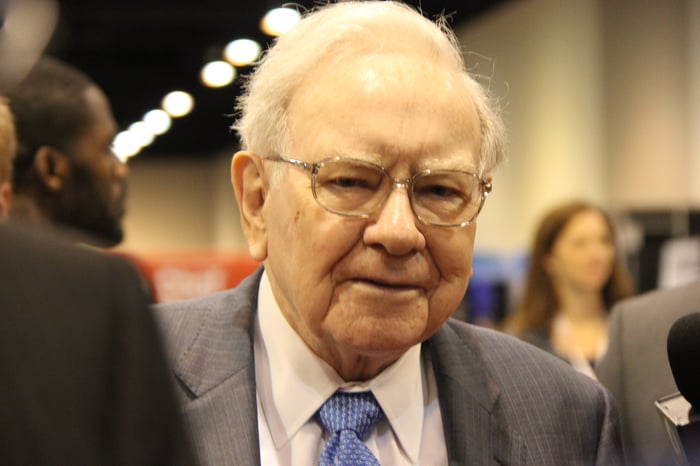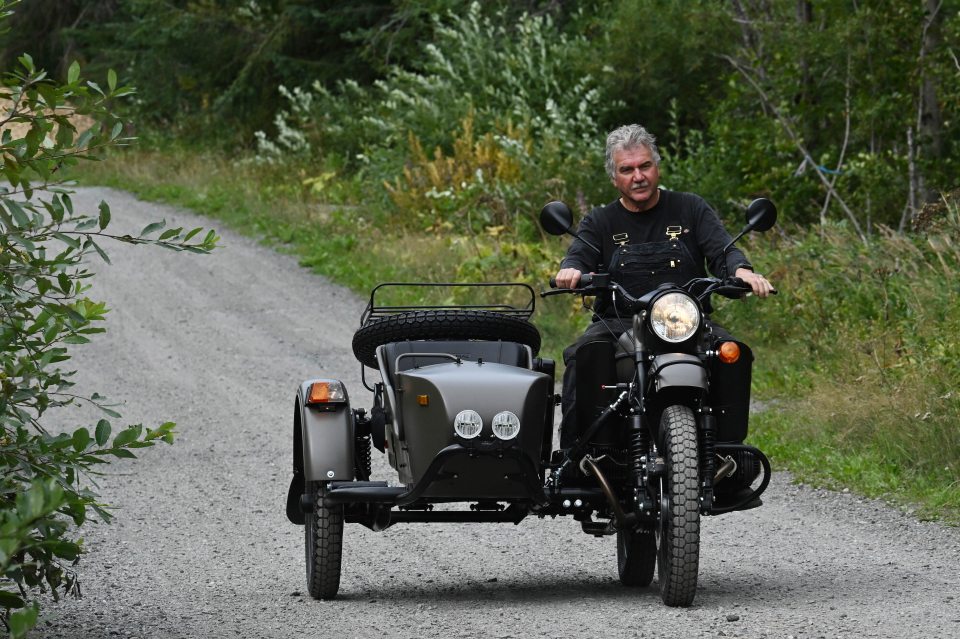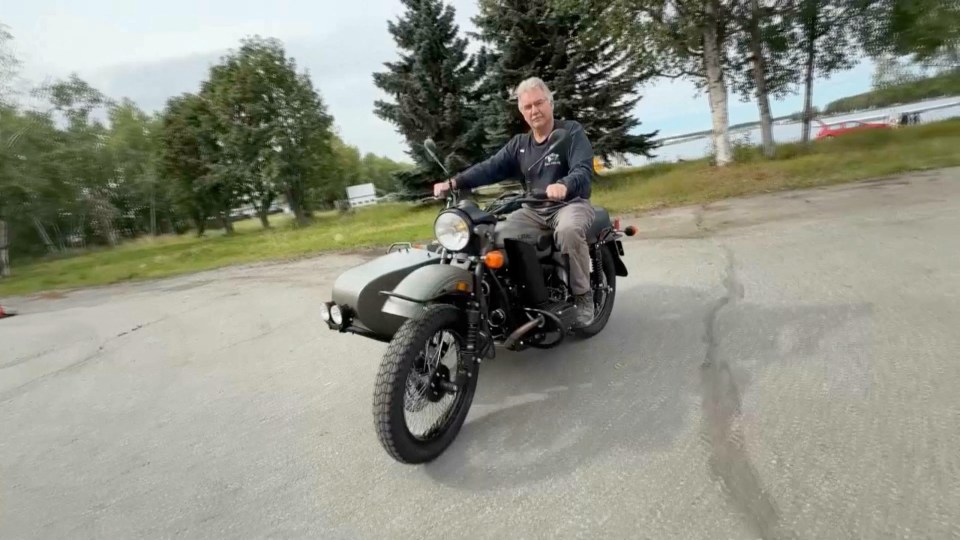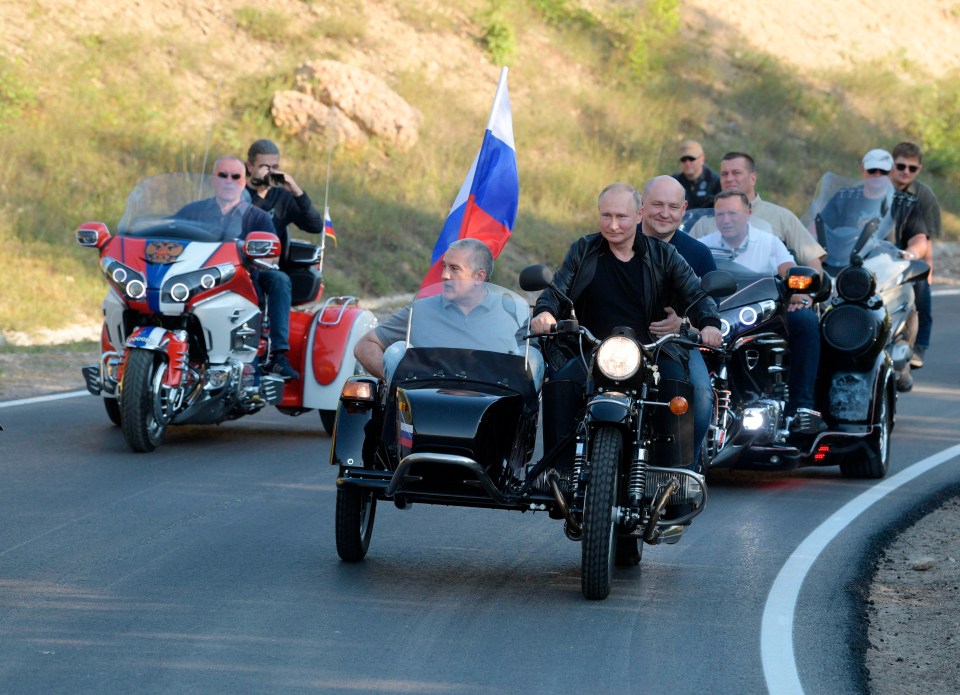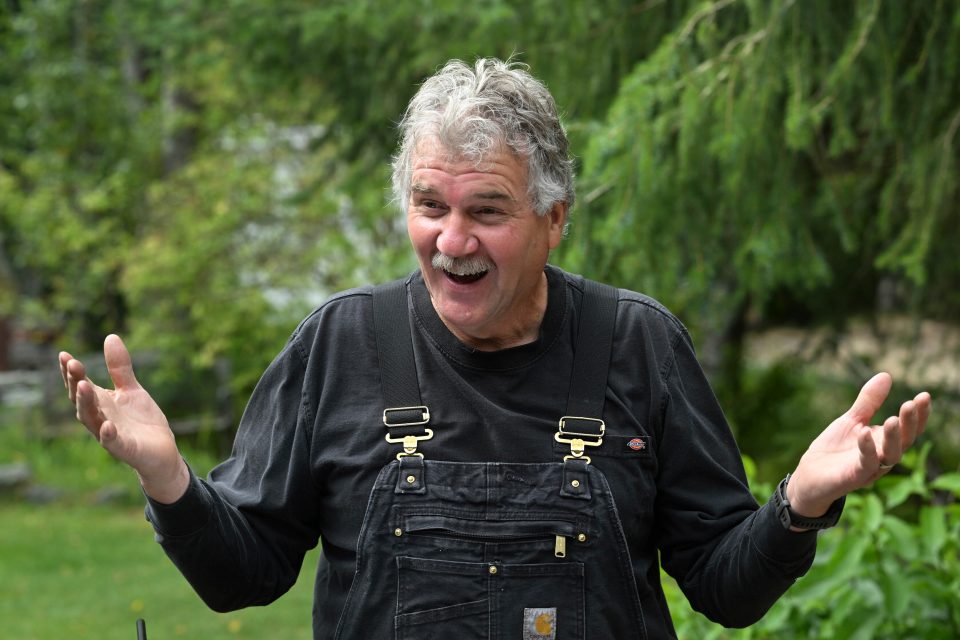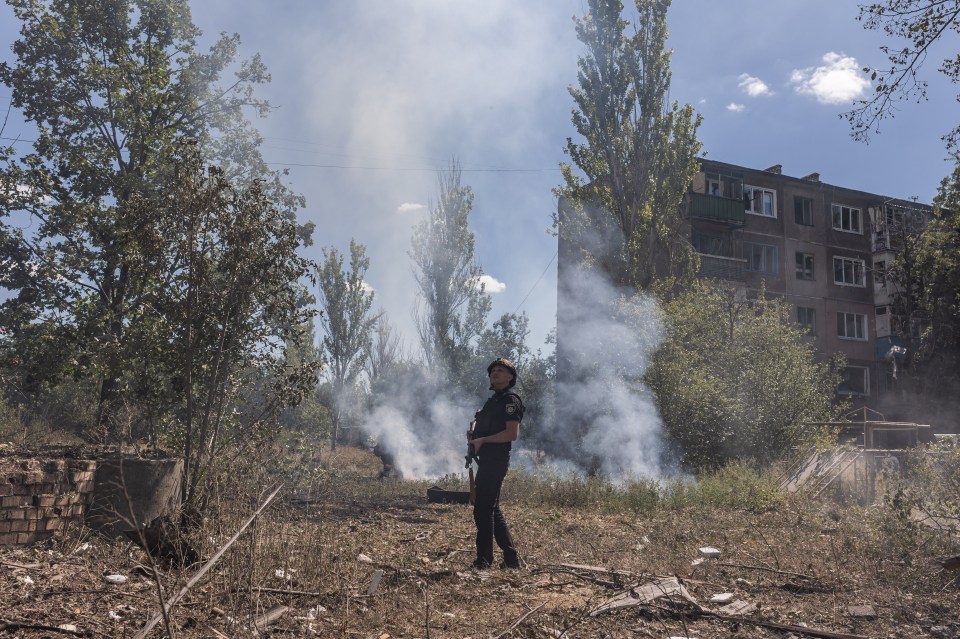Romania Just ‘Bought’ 18 F-16s For One Euro
The formal transfer of 18 former Dutch F-16 fighters to Romania has been completed, with a price tag of just one Euro (approximately $1.15). The jets are being operated by the European F-16 Training Center, or EFTC, in Romania, where they will continue to be used to train both Romanian and Ukrainian Viper pilots.
The transfer documents were signed in Bucharest, the Romanian capital, by Brig. Gen. Ion-Cornel Pleșa, the chief of the Romanian general armament directorate, and Linda Ruseler, from the Dutch Ministry of Finance.
Added to the purchase price of one Euro was a VAT payment, amounting to 21 million Euros (around, $24 million) based on the declared value of the goods (the aircraft and the logistics support package).
The deal recalls the previous transfer of 22 former German MiG-29 Fulcrum fighters to Poland in 2002 for a symbolic one Euro per aircraft. You can read more about that here.
“I expressed my interest in this acquisition back in June, at the end of the NATO Summit in The Hague, when I signed, together with my Dutch counterpart, the Memorandum of Understanding on the extension of the functioning of the European F-16 Training Center in Romania,” Romania’s Minister of Defense Liviu-Ionuț Moșteanu said.

Putting the F-16s under formal Romanian control means they can now be dedicated to the EFTC, which is obliged to ensure a certain number of training slots on behalf of NATO and Ukraine.
The transfer of the F-16s has been enabled by the Dutch switching to the F-35A, which has now completely replaced the Viper, including taking on the nuclear strike mission.
As we reported at the time, the first five F-16s for the EFTC touched down in Romania almost a year ago, before the Ukrainian Air Force began to introduce F-16s. They are stationed operated the 86th Air Base, near Fetești, in southeast Romania.

“The Netherlands took the initiative to set up the EFTC and is making 12 to 18 F-16s available for this purpose,” the Dutch Ministry of Defense said in a statement in November last year. “The fighter aircraft remain the property of the Netherlands.” With the formal transfer, the F-16s are now in Romanian hands.
Under the EFTC initiative, the Romanian Ministry of Defense had been providing the 86th Air Base, as well as training facilities and “host nation support,” while the Netherlands supplied the jets, and Lockheed Martin provided the instructors and the maintenance.
“Considering the current geopolitical context and Romania’s strategic position in the Black Sea area, this center becomes essential for the cross-border cooperation and the strengthening of security and solidarity within NATO,” the Romanian Ministry of Defense said.
At first, the aircraft were used for a refresher course for F-16 instructors who were hired by the EFTC. After that, the training of new pilots began, with missions only flown in NATO airspace.
The path of the 18 F-16s to the EFTC was somewhat convoluted, however.
It appears that 12 of the F-16s, at least, were previously used for training Dutch pilots in the United States. At one time, those dozen jets were to be sold to Draken International, a private contractor that planned to operate them for red air adversary support.

However, although Draken undertook some flight testing from its Lakeland, Florida, base, it never formally took delivery of the aircraft. This coincided with something of a reshuffle in U.S. Air Force contracted adversary requirements. Instead, these F-16s were flown across the Atlantic to Gosselies, in Belgium, where they were overhauled by SABENA, ahead of their transfer to Romania.
In the meantime, Politico reported that Draken was now involved in the EFTC program, citing an unnamed U.S. official.
One part of the EFTC’s role is to prepare F-16 pilots for Romania, which has a growing requirement for training on the type and an increasingly important mission defending NATO’s eastern airspace.
Romania initially acquired 12 second-hand F-16s from Portuguese stocks, followed by another five from the same source, before finally agreeing to buy 32 from Norway.

The other side of the EFTC mission involves training Ukrainian F-16 pilots.
The Ukrainian Air Force has been pledged 87 F-16s from four different European nations, after the United States finally approved the re-export of the aircraft to Kyiv. These F-16s comprise 24 from the Netherlands (separate from the EFTC jets), 30 from Belgium, 19 from Denmark, and 14 from Norway. The first Ukrainian F-16s (from Dutch and Danish stocks) had begun to arrive in the country by late July or early August of 2024.
In a statement, Dutch Minister of Defense Ruben Brekelmans said, “The training center is a textbook example of successful cooperation. We are working with Romania and Lockheed Martin in a unique way to train Romanian and Ukrainian pilots. It is wonderful that our former F-16s have been given a valuable new lease of life at the EFTC. The Ukrainian pilots who have been trained here are already making a significant contribution to protecting their country against the terrible Russian airstrikes.”

The importance of the EFTC is only increasing as the F-16 becomes a dwindling presence among Western European NATO air forces. As of today, the Netherlands, Denmark, and Norway have retired their F-16s entirely, while Belgium is in the process of doing so. There are new operators, specifically Bulgaria and Slovakia, but these are receiving more advanced Block 70 versions, rather than the F-16AM/BM that was the previous European standard, and which is operated by the EFTC.
As such, the EFTC now offers a unique capability in Europe, providing a complete training program for F-16 pilots and, as well as a framework in which instructors and pilots from different NATO countries — as well as Ukraine — can train together, to the same standards.
A small number of Ukrainian pilots have also undergone training on F-16s in the United States, specifically with the 162nd Wing, Arizona Air National Guard.

The long-term future of the EFTC F-16s remains unclear. There had been some speculation that these jets may ultimately still end up in Ukraine, which could still happen, should Romania choose to transfer them.
That would become more likely in the future, since the Romanian Air Force plans to introduce the F-35 after 2030, officials having described the acquisition of the F-16 as “an intermediate stage toward the introduction of a fifth-generation aircraft.”
Ukraine certainly still has a demand for additional fighters, with four F-16s already having been lost in different incidents, as well as continued attrition of its Soviet-era fighter fleets. Meanwhile, Mirage 2000s, supplied by France, have also begun to be used in combat. In the longer term, Sweden and Ukraine have also announced a plan to get as many as 150 Saab Gripen fighters into the Ukrainian Air Force’s hands.
As we have long stressed, the value of F-16s to Ukraine is only as good as the training that is provided alongside them. The European F-16 Training Center, now flying Romanian-owned jets, provides the Ukrainian Air Force with a dedicated facility to prepare its pilots and maintainers to operate the Viper.
Contact the author: [email protected]





















